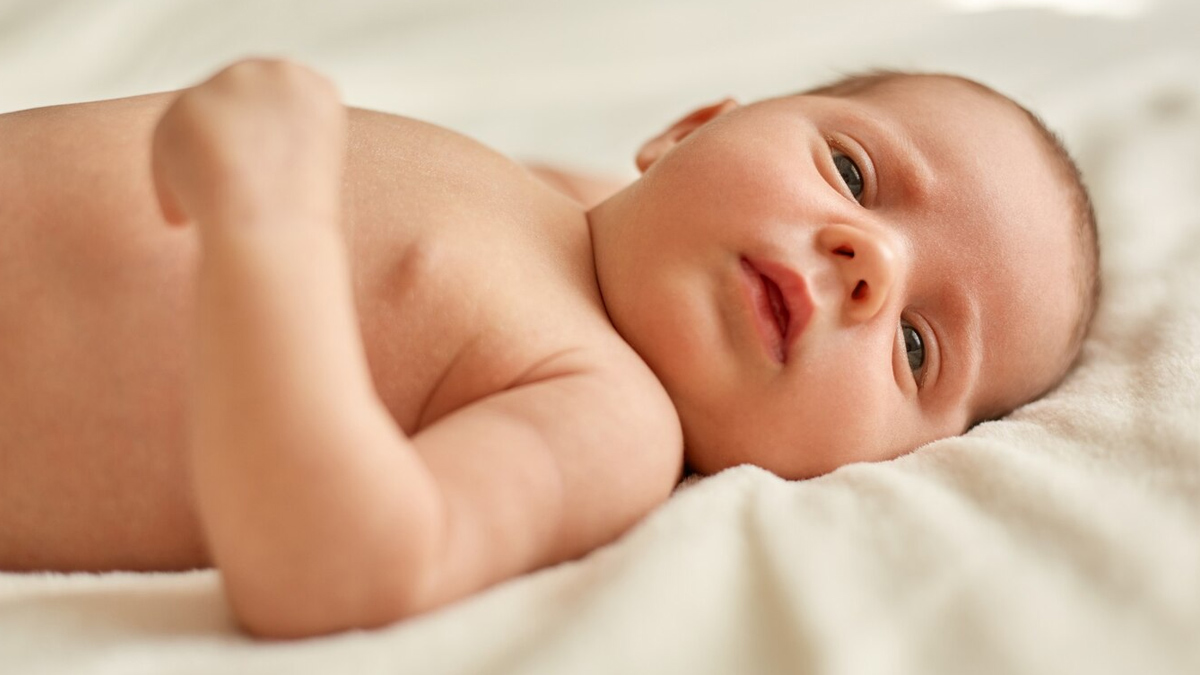Ever Wondered How Newborn Babies Have a Tight Grip? Know About Palmar Grasp Reflex
There’s something magical about the moment a newborn baby wraps their tiny fingers around yours. That surprisingly strong grip isn’t just adorable, it’s a primal reflex hardwired into their biology. Known as the Palmar Grasp Reflex, this instinctive clutching is one of nature’s clever survival tools. But why do babies grip so tightly? How long does this reflex last, and what happens if it doesn’t fade? From its evolutionary roots to its role in early development, let’s unravel the science behind this fascinating baby behaviour and what it reveals about human growth.
Top Stories
The Palmar Grasp Reflex is an automatic response seen in newborns. When an object (like a finger) touches a baby’s palm, they instinctively close their fingers around it. This grip is so powerful that, in some cases, a baby can briefly support their own weight!
Dr Devendra Dangar, Pediatrician, Newlife Children’s Hospital, Kutch, explains: “This reflex is nature’s way of ensuring survival. For our early ancestors, a strong grip might have helped infants cling to their mothers. Today, it’s a key sign of healthy nervous system development.”
-1742816679385.jpg)
Evolutionary biologists believe this reflex dates back to when human ancestors lived in trees. A strong grip helped infants hold onto their mothers during movement, reducing the risk of falling.
The Palmar Grasp Reflex lays the groundwork for future skills like grabbing toys, feeding themselves, and eventually writing. “It’s the first step toward hand-eye coordination,” says Dr Dangar.
Doctors use this reflex to assess brain and nerve health. A weak or absent grip could signal neurological issues, while a prolonged reflex (beyond 6 months) might indicate developmental delays.
Astudy published in Pediatric Research tracked 500 infants to understand the link between early reflexes and motor skills. Researchers found that babies with a strong Palmar Grasp Reflex in the first month showed better fine motor control (like holding spoons) at 9–12 months. The study highlights how primal reflexes act as building blocks for complex movements.
While the Palmar Grasp Reflex is normal, consult a paediatrician if:
-1742816662731.jpg)

Around 5–6 months, babies start replacing involuntary grips with deliberate actions. You’ll notice the kids doing the following activities:
Conclusion
The Palmar Grasp Reflex is a fleeting yet vital part of infancy. It reminds us how human development is a mix of ancient survival instincts and modern milestones. As Dr Dangar sums up: “That tiny grip is more than just cute—it’s a window into your baby’s health and growth.” So next time your little one clutches your finger, marvel at the wonder of biology in action!












